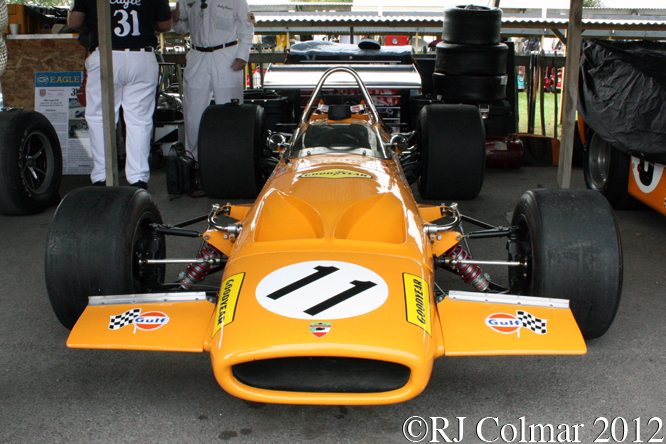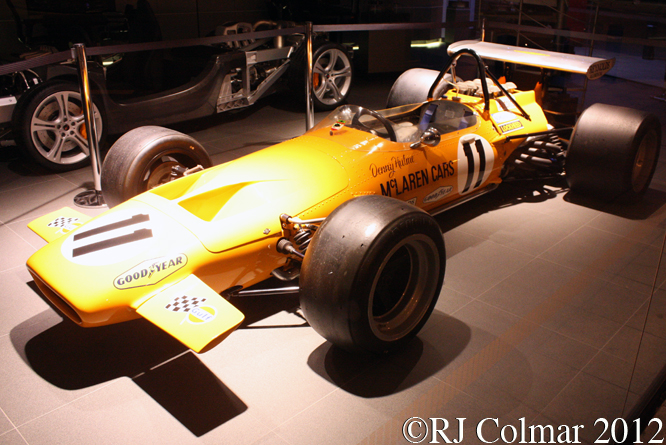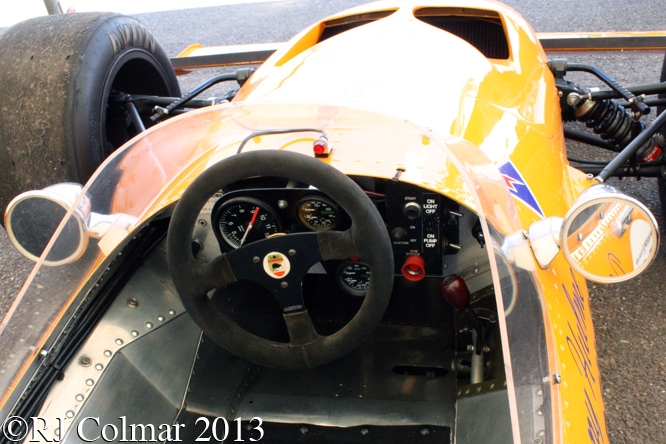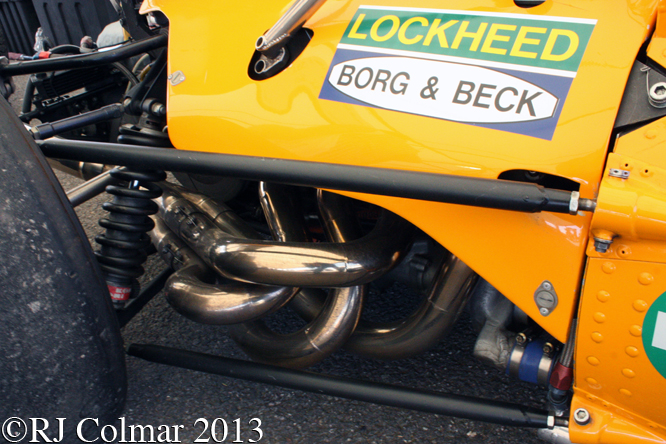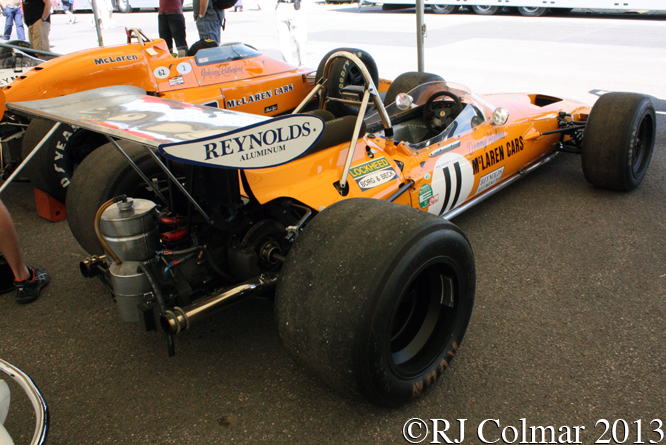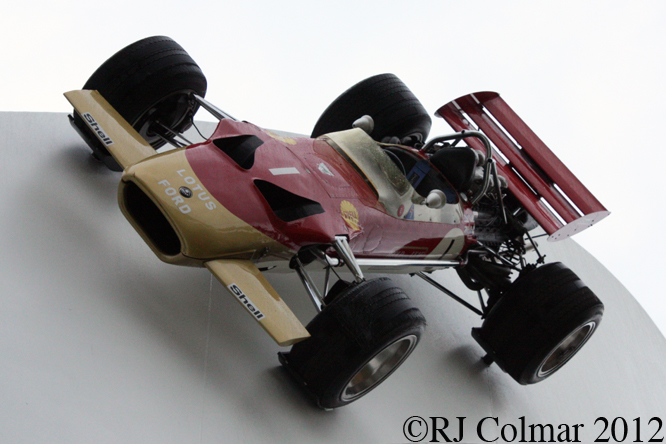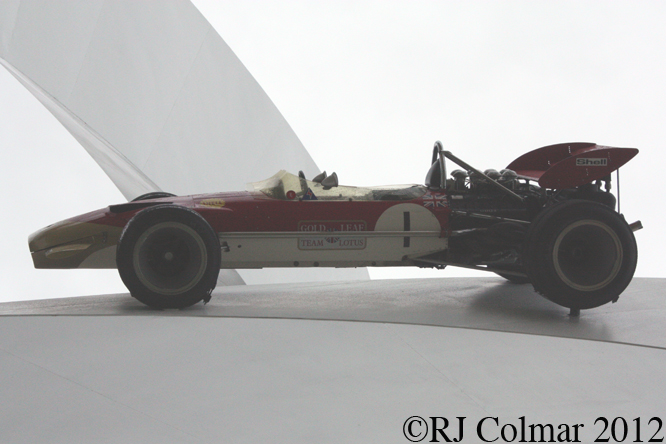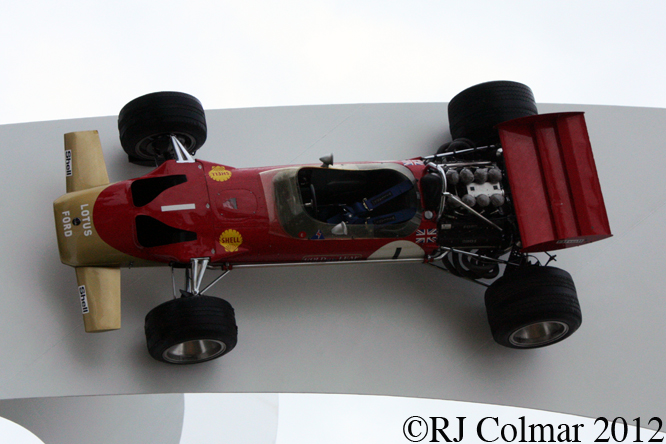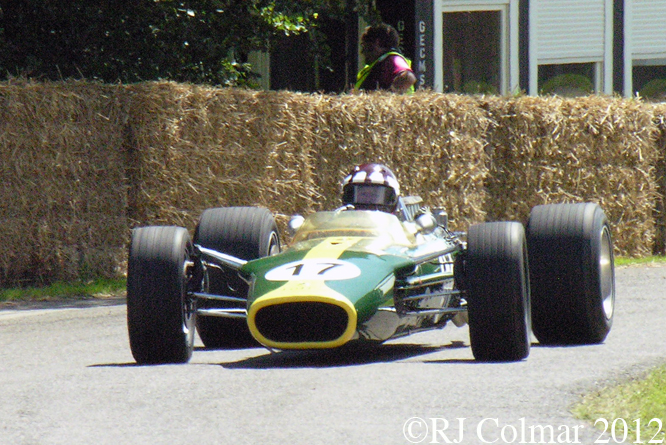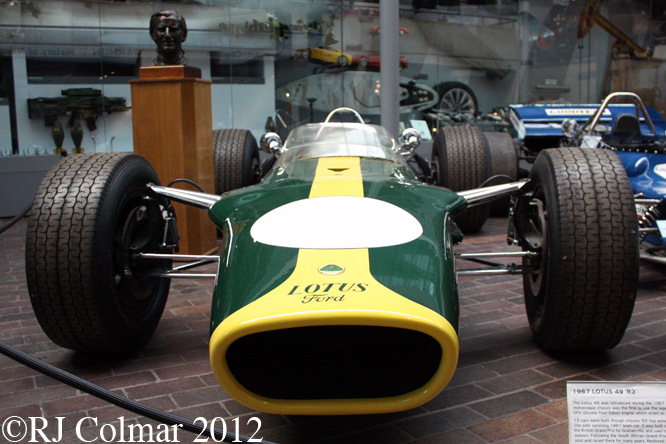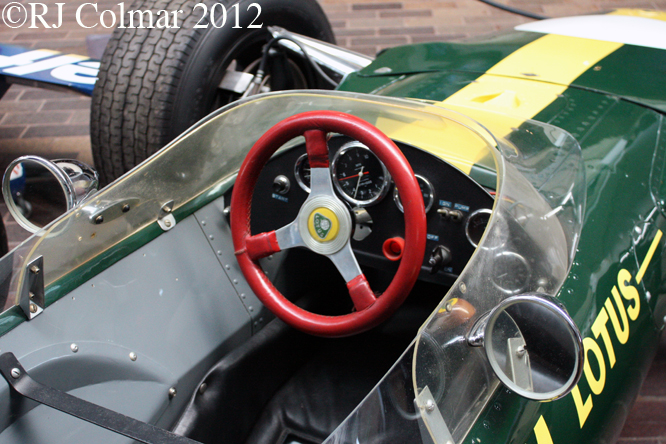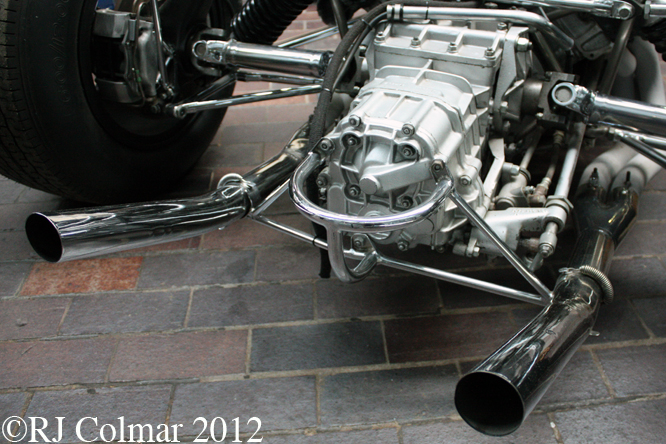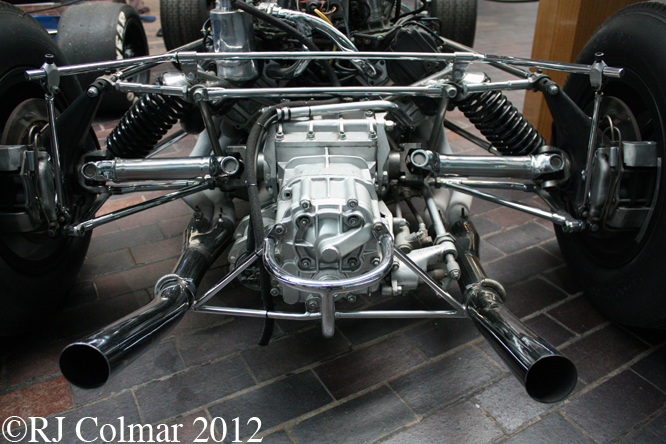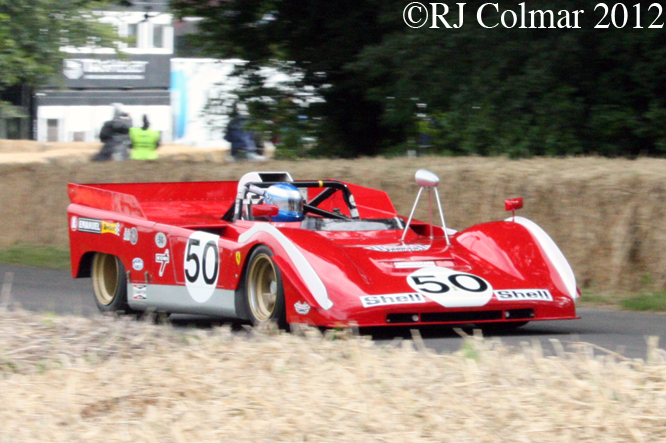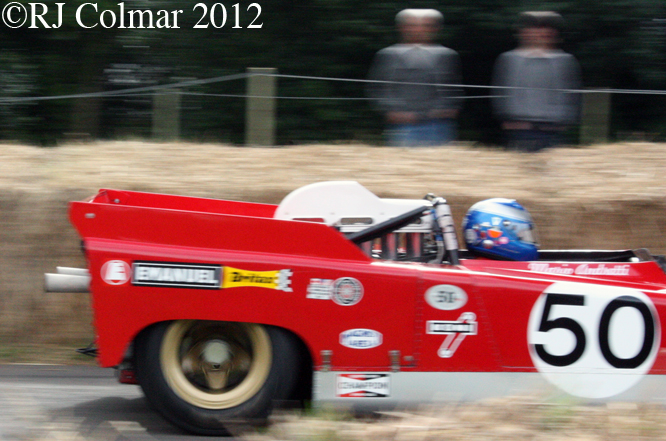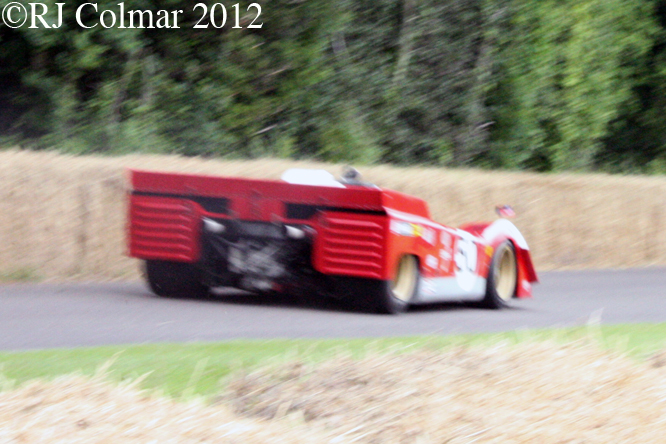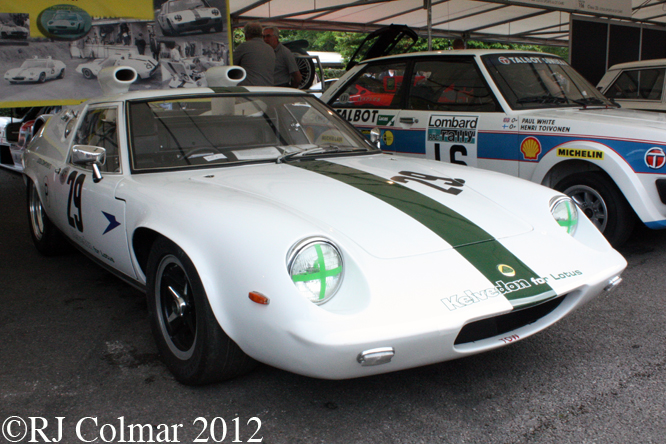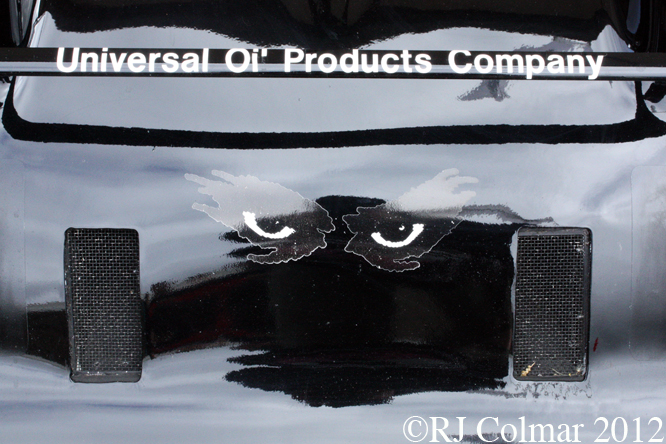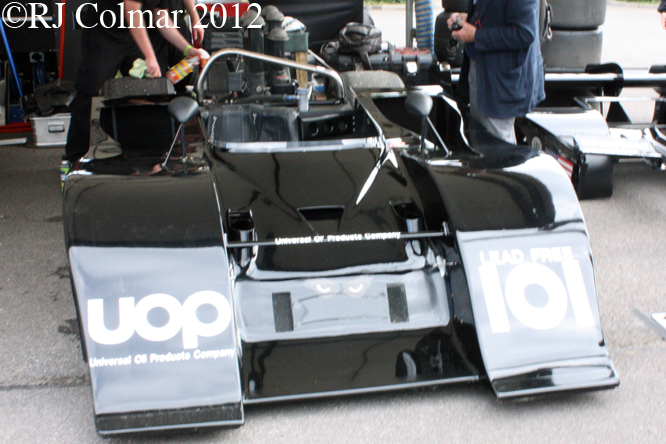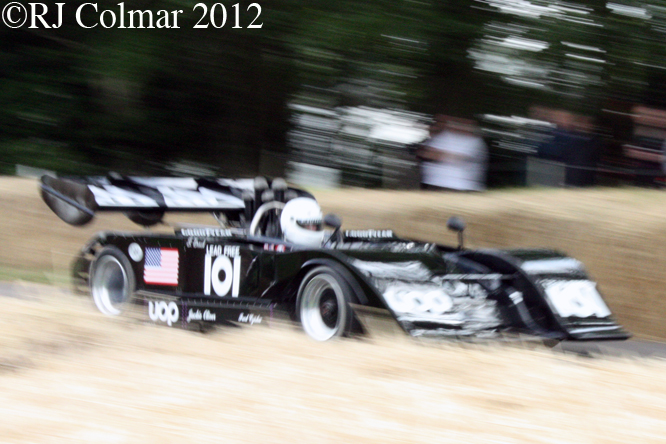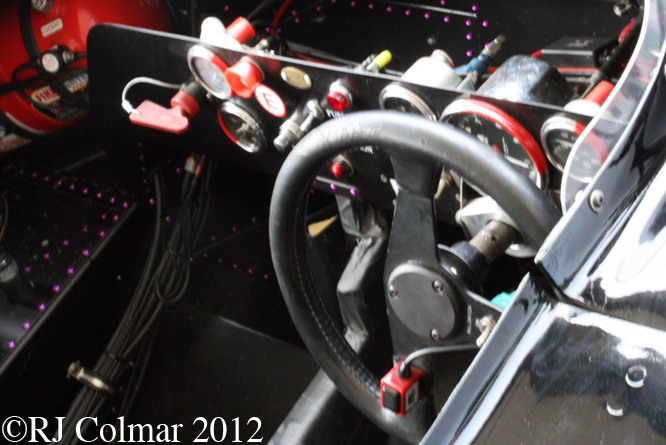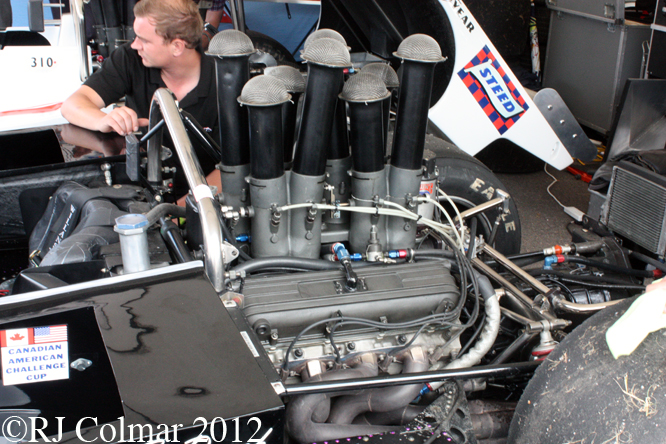With the benefit of hindsight it could be said that the introduction of the 3 litre era Formula One regulations was the perfect excuse for unprecedented levels of chaos to reign at BRM. When the new regulations were announced BRM forgot its past troublesome experience with the supercharged BRM V16 and elected to built an even more complicated motor a 3 litre / 183 cui H16, effectively two flat 8 motors on top of one another sharing a common crankshaft. This heavy motor required four men to lift it and although powerful was also predictably unreliable though it did power Jim Clark to victory in the 1966 US Grand Prix, sitting in the back of a Lotus 43.
Alongside the H16 program BRM also developed a 24 valve V12 which Bruce McLaren used to power his one off McLaren M5A. When it lasted the V12 was capable of finishing in the points as Denny Hulme’s 5th in the 1968 South African Grand Prix had proved, however by then Bruce had already decided that the future of his Grand Prix team lay with the Ford Cosworth DFV which was used to power the 1968 McLaren M7A.
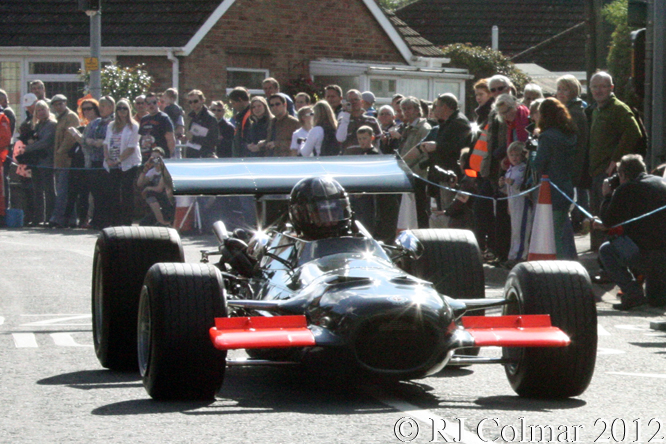
For 1968 BRM decided that the simpler and lighter V12 might be the better bet and abandoned it’s H16 and free lance designer Len Terry was drafted in to design a new V12 powered BRM P126 of which second evolution P133 and third evolution P138 variants were built in the same season. The teams best results were a second place in Monaco for Attwood in the P126 and 2nd place in the following Belgian Grand Prix for Pedro Rodriguez driving the P133.
1965 World Champion John Surtees was teamed up with Jackie Oliver in the BRM team for 1969 by which time BRM had developed a 48 valve version of the V12. The first half of the 1969 season went so badly with a best 5th place finish for John Surtees in Spain and 6 retirements from the opening 8 starts in 4 races that the team missed the 1969 French Grand Prix to regroup. During the break Tony Rudd, who had been working on a ground effect design with Peter Wright, was forced to resign and the team prepared a new challenger, the P139, for John Surtees to drive at the British Grand Prix.
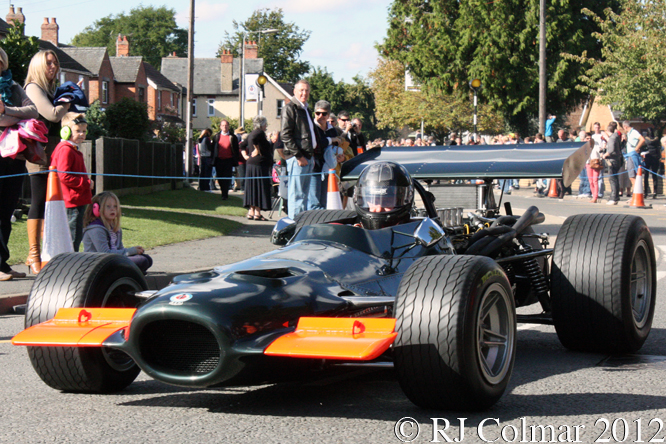
John retired on the second lap of the 1969 British Grand Prix when the suspension of the new P139 collapsed in the remaining five races of the 1969 season John managed two finishes the best of which was third in the Italian Grand Prix. At the end of the season John left BRM to start his own Formula One team.
Today’s featured car is #P139/2 which was ready for Jackie Oliver to drive in the 1969 Italian Grand Prix. Jackie Oliver ended his rookie season with Team Lotus in 1968, in which he replaced the much missed Jim Clark, with a season high third place finish in the season finale Mexican Grand Prix where team mate Graham Hill over came the odds to win the race and his second world drivers championship.
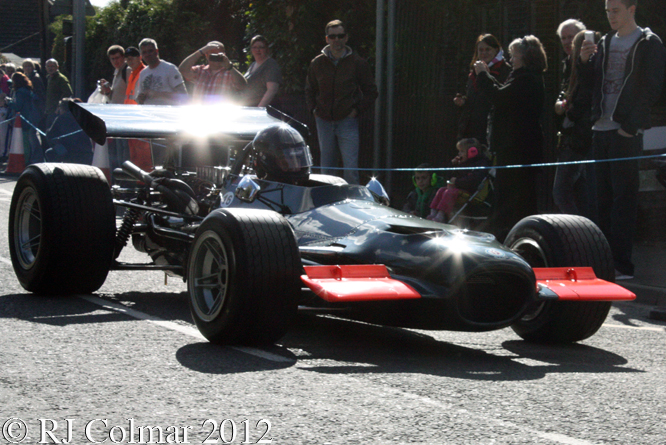
After the 1968 Mexican Grand Prix Jackie was replaced at Team Lotus by Jochen Rindt and Jackie found himself with the second seat at BRM for the 1969 season which started with a seventh place finish driving the BRM P133 at the South African Grand Prix. Jackie then had a run of four retirements in the P133 up to the British Grand Prix a fifth straight retirement driving the P138 at the German Grand Prix followed by three more in Italy Canada and the USA driving #P139/2. In Mexico Jackie’s fortunes changed and he finished 6th two laps down on Denny Hulme who drove his McLaren M7A to the models final final victory.
Jackie remained with BRM in 1970, but again he retired from all but two races with the P139’s replacement the Tony Southgate designed P153 scoring a best fifth in Austria. In 1973 Jackie teamed up with Don Nichols and designer Tony Southgate, who was part of the team that replaced Tony Rudd and Peter Wright at John Surtees insistence, to form the Shadow and later Arrows teams.

Tony Rudd joined Lotus production car operation when he left BRM and was still there when Peter Wright joined Lotus some years later. After joining Lotus Wright became involved in the development of the Lotus 78 ground effect and Lotus 79 moving on the work Wright and Rudd had started on the never completed BRM P142 in 1969.
Last time I looked today’s featured car seen in these photographs at last years BRM Day in it’s home town of Bourne was being offered for sale by Hall & Hall.
Thanks for joining me on this “Another Fine Mess” edition of “Gettin’ a li’l psycho on tyres” I hope you will join me again tomorrow. Don’t forget to come back now !


